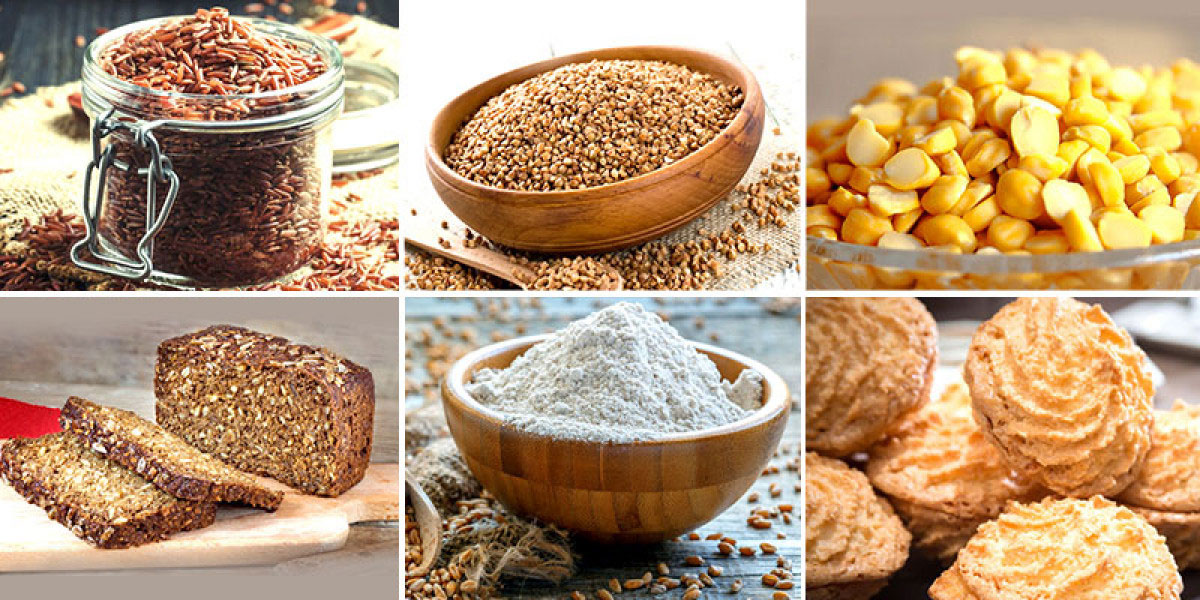Manage your kitchen to include gluten-free products!
Managing a kitchen is not an easy task. It’s even more difficult to deal with daily cooking if you have a gluten intolerant person in the house. Here are some simple kitchen hacks that can make life easier when gluten intolerance is an issue…
If gluten is the culprit, it needs to be eliminated from the diet completely, with advice from a doctor. Many stores today, including Godrej Nature’s Basket, have a section of gluten-free foods – pasta, bread, cereal, biscuits and other baked goods. These are delicious and perfectly tailored to suit the gluten intolerant.

Here are some easy food swaps that could come handy:
Food we could use: Corn, rice, quinoa, buckwheat, potatoes, sweet potatoes, nuts, beans, fresh fruits and vegetables, fish and milk products, and millets such as ragi, jowar, bajra and rajgira.
Food we could avoid: Wheat bread and flour, cracked wheat (dalia), breakfast cereals, semolina (rawa), cakes and cookies, couscous (which is made with semolina), rye bread, beer and other malted drinks (including malted milk drinks), and some processed meats (sausages, usually made with wheat fillers).
Here are some ideas on how to use gluten-free products on a daily basis:
- A simple swap would be to use gluten-free flour instead of regular flour.
- Instead of pancakes with regular flour, or maida, use quinoa flour, multigrain flours – try thalipeeth flour (jowar, bajra, makai etc) for an interesting flavour and texture, or potato flour mixed with rajgira (amaranth) or water chestnut (singhada) flour.
- Try red or brown rice poha instead of broken wheat (dalia) to make a delicious upma.
- Make chilla or mung dal dosai, using mung dal with the skin to add fibre and make it more delicious and interesting.
- Eliminate wheat flour and make roti from millet flour mixed with grated carrots, potato, cauliflower or spinach to add flavour.
- Increase your intake of fruits and vegetables, using brown rice, millets, amaranth and other gluten-free grains to add bulk and carbohydrates to your meal.
- Add lots of dairy to your diet for that boost of calcium and protein – cottage cheese (paneer), yoghurt, milk and (yummy!) ice cream are great mood enhancers too!
For a gluten-sensitive or intolerant person, a healthy lifestyle is essential. Here are some tips:
- New habits – be more conscious of what you eat and what your food contains.
- Opt for a mainly vegetarian diet with lots of fresh fruit and vegetables.
- Home cooked food is always the best option.
- As soon as you feel uneasy in your tummy, see a doctor!
Indian food has perhaps the most healthy and delicious gluten-free choices. A home cooked meal of dal-chawal-sabji is the perfect way to make sure your tummy is happy. And there are so many alternatives to a wheat roti – bhakris made with ragi, jowar or bajra, rice rotis (akki roti and neer dosa), makki roti (maize or corn), etc.
Tune in for more tips and tricks to use in your kitchen…coming soon!

